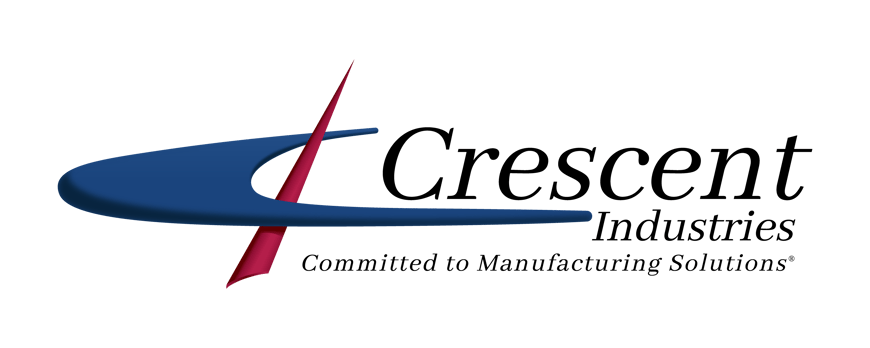
Purposes of Texturing, Coating and Surface Finishes for Injection Molds
 Many processes enhance surface finishes for the injection molding process. This can include texturing as well as coatings.
Many processes enhance surface finishes for the injection molding process. This can include texturing as well as coatings.
The Scope and Range of Texturing
Texturing is highly desirable for the accomplishment of a very specific look, feel, or function. Texturing can provide specific desired effects such as creating a perceptual finish like wood, leather, sand, stipple, and so on.
Textures have the capacity to transform a part's appearance as far as glossiness or matt finish, to diffuse light on a clear part, and to provide visual contact by using various texture approaches. Nine times out of ten adding a texture works to improve on difficult to mold parts by hiding things like:
- Splay lines
- Flow lines
- Knit lines
- Blush marks
- Witness and Parting lines
Simple Additions like Gloss or Matting Add a Genuine Richness
Any time you change a part's appearance or add texture to a core you have an opportunity to improve things like holding the part onto the mold without having to do manual undercuts - which can ultimately lead to sink marks. Adding texture can also mean establishing a company logo or pattern onto the most visible areas of the part.
Adding texture also disperses pressure over the largely even area which also reduces the likelihood of sink marks - while providing enough hold value for the mold to eject properly.
Other Significant Advantages of Texturing
You can even hide shadow marks by creative use of texture applied across slides and lifters when the front class A side is polished.
Trapped gasses escape more quickly when texturing is applied because venting to parting lines can happen from within the cavity. Paint also holds better due to texturing during second molding operations.
Plastic flow creases can also be eliminated through the addition of textured thickness which also adds strength, non-slip qualities, and even as an added safety measure.
Fine Texture for Sticky Labels and Film Adherence for Hard Plastic Substrates
Applications of texture onto label areas help with stickiness, glue applications, and film adherence. Pricing considerations are affected by:
- Complexity of mold
- Areas to be textured
- Areas not to be textured
- Molding process
- Tool component cams
- Cores, lifters, pins, inserts, etc.
- Complexity of surface like contours
- Accessibility of textured areas
- Tool characteristics like ribs, pockets, vents, etc.
- Polished surfaces
Complexity of Texture Patterns, Materials for Construction
The complexity of texture patterns is affected by the materials your mold is made from as well as by the depth of the pattern, how even the gradient pattern might be, the pattern intricacy or boldness, how many patterns there are, and so on.
The plating/coatings used also play a key role in your result. Hard chrome has a hardness of 72RC. It is applied at low temperatures of 130F when in its purest form. It makes it possible to accomplish any SPI finish on the tooling.
Chrome plating can be expensive and limited to the areas accessible to an anode. Complex details require more conforming which adds both time and expense to the project. Chromium is a carcinogen as well, and so this should be used with caution.
Electroless nickel is used often. It is known to protect molds from the corrosive off-gassing of materials like PVC. When these products are used in the medical and electronic industries there can be no tolerance for oxidation byproducts.
Electroless Nickel is known for this oxidation resistance and is frequently used for dimensional build-ups that are found under the flash chrome and for the enlargement of threaded cores. It is also used for inserts and precise sizing of cavities. It works great for A and B plates, ejector-base housings, pillar supports, and pin plates.
Some will also choose nickel cobalt as an alternative to hard chrome. This is because of the abrasion resistance. Diamond chrome has the best protection, with an RC rating of over 85. Plates can be prehardened or heat treated. Some of the preferred uses include cavities, cores, slides, ejector sleeves, and rotating and unscrewing cores. The anti-galling properties are especially helpful for slides and cores.
When it comes to the SPI 4 standard finishes - each one will give your molding surface a different appearance. It can be glossy to the point of mirror-like, all the way to being a rough, gritty texture. The finishes have three grades;
- Diamond –
- A-1 Grade #3 for lens/mirror requires 420 SS material
- A-2 Grade 6 high polish parts
- A-3 Grade 15 high polish parts
- Paper –
- B-1 600 Grit Paper medium polish parts
- B-2 400 Grit Paper medium polish
- B-3 320 Grip Paper med-low polish
- Stone –
- C-1 600 Stone Low polish parts
- C-2 400 stone low polish parts
- C-3 320 Stone low polish parts Blast –
Crescent Industries provides textures, coatings, and finishes to our injection molds to produce plastic components that are consistent and reliable.
Topics:
Related Articles
-
Apr 10, 2025
How Are Injection Molds Made for Plastic Manufacturing?
Read MoreDo you have a part design and need an injection mold built? Are you interested in finding a tooling...
-
Sep 06, 2023
What is Plastic Injection Mold Tooling?
Read MoreInjection mold design gives you the ability to create parts with ease. You fill a mold designed to...
-
Nov 16, 2022
Project Management for Injection Molding Means Product Success
Read MoreThere’s a difference between project management and engineering management, and in the field of...

